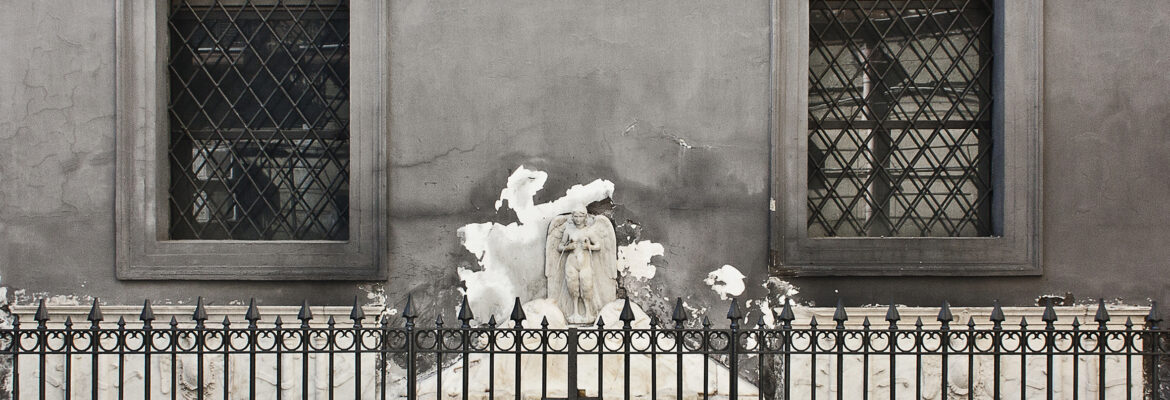A Jewish neighbourhood developed around Piazza Portanova and the church of Santa Maria in Cosmedin in the Swabian-Angevin period (13th-14th C.) as an extension of the earlier
Giudecca di S. Marcellino. Here, the Jewish settlement was probably linked to the textiles industry, a business which had been situated in this area for many years and was, in that period, recognised as being a monopoly of the Jewish population. There is evidence of various synagogues here, up to the 14
th century at least. In 1290 one of them was turned into a church at the behest of a group of Jews who had converted to Christianity following a gruelling period of Catholic persecution. The date of construction, various architectural features that differ from contemporary churches, and its location at the far end of the
Giudecca di S. Marcellino would suggest that this was the church now called Santa Caterina della Spina Corona.
The Jewish quarter grew further in the second half of the 15th century. A main street called Via Giudecca Grande extended more or less along what is now Corso Umberto I, in the section between Via Miroballo and Piazza Nicola Amore. At the end of it was another, smaller settlement, Via Giudechella, situated between Via San Biagio ai Taffetanari and Vico I San Vito ai Giubbonari. The street layout was similar to another of the city’s Jewish areas, in what is now the Forcella quarter, known as the Giudecca “Vecchia”, probably because it existed prior to the Giudecca Grande di Portanova.
Almost nothing remains of the original Jewish quarters, as they were demolished under the late 19th century urban redevelopment scheme known as the Risanamento di Napoli.

